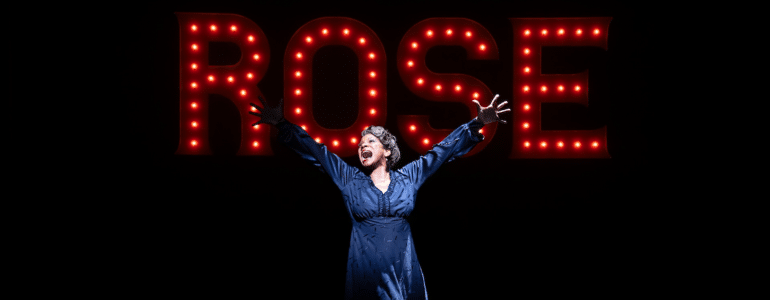How To Become One Of The Most Produced Plays Next Year
Every year, I look forward to American Theatre’s Top 10 List of Most Produced Plays. And the list did not disappoint this year. While I usually share the list in my newsletter, this year I wanted to do a bit of a deeper dive . . . into WHY these plays made the list.
Now, this next part may be a bit controversial – but here’s what I did to try and figure this out.
I asked ChatGPT to analyze this 2024-25 list and tell me what these shows have in common.
I was specifically looking for current theatrical trends, audience interests, and the cultural context influencing productions.
So read ChatGPT’s analysis of the most produced shows. Just take it with a grain of AI.
And then, tell me – do you agree? Disagree?
The rest of this article is a GUEST POST by CHAPGPT
This list of the most-produced plays for the 2024-25 season reveals some intriguing trends and commonalities among the works. Here’s an analysis of what these plays have in common:
-
Diverse Themes and Genres
- Social Commentary: Many of the plays tackle significant social issues. For instance, What the Constitution Means to Me explores themes of constitutional rights and identity, while Fat Ham reinterprets classic narratives around family and identity.
- Cultural Relevance: Plays like King James and Primary Trust touch on contemporary societal issues, making them resonate with current audiences.
- Light-heartedness and Humor: Shows like The Play That Goes Wrong and POTUS employ comedy to engage audiences, showcasing the enduring appeal of humor in theater.
-
Strong Female Representation
Several plays feature strong female characters or are written by women. What the Constitution Means to Me and POTUS both center on women’s perspectives, highlighting a trend towards greater representation and diverse voices in theater.
-
Adaptations and Revivals
While the list includes original works, adaptations like *Waitress* suggest a continued interest in familiar narratives that are reimagined for modern audiences. This balance between original works and adaptations speaks to the evolving nature of theatrical storytelling.
-
Engaging and Accessible Storytelling
The successful productions often feature compelling narratives that are both engaging and accessible to a wide audience. Plays that balance depth with entertainment tend to attract more productions, as they appeal to various demographics.
-
Popularity of Established Works
Notably, musicals like Jersey Boys and Waitress are perennial favorites. Their established popularity indicates that theaters often choose well-known works for guaranteed audience engagement, particularly in seasons with broader economic uncertainties.
-
Focus on Contemporary Issues
Many plays address issues relevant to today’s society, such as politics, identity, and existential questions (A Case for the Existence of God). This relevance helps draw audiences who are seeking to connect with the current cultural landscape.
The list reflects a blend of new voices and classic themes, emphasizing diversity, accessibility, and social relevance. The prevalence of female-centric narratives and humor, alongside the continuing appeal of adaptations and familiar works, indicates a dynamic landscape in contemporary theater that aims to resonate with a wide range of audiences.
Podcasting
Ken created one of the first Broadway podcasts, recording over 250 episodes over 7 years. It features interviews with A-listers in the theater about how they “made it”, including 2 Pulitzer Prize Winners, 7 Academy Award Winners and 76 Tony Award winners. Notable guests include Pasek & Paul, Kenny Leon, Lynn Ahrens and more.














